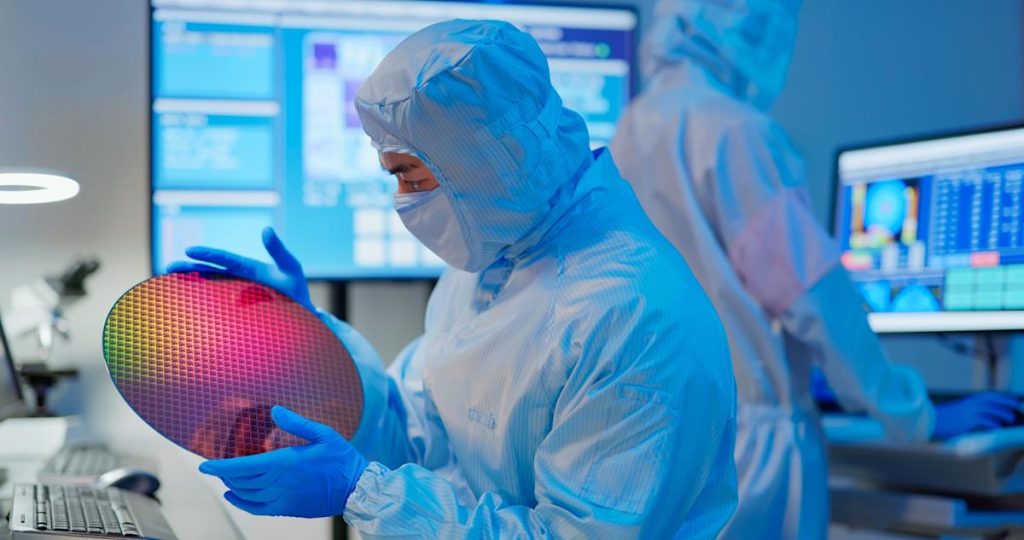After months of searching for a new CEO following the abrupt retirement of former CEO Pat Gelsinger, Intel (NASDAQ: INTC) has landed on Lip-Bu Tan. Tan led Cadence Design Systems, a provider of software for designing semiconductor chips, for more than a decade. He also served on Intel’s board of directors during Gelsinger’s tenure, resigning due to reported disagreements with the company’s strategy.
Under Gelsinger, Intel invested heavily in manufacturing in an attempt to build its own foundry business. Based on the press release announcing the leadership change, Tan appears committed to this strategy: “The board is confident that under Lip-Bu’s leadership, we will take the steps needed to deliver for our customers as a world-class products company and as a world-class foundry.”
While Intel’s big-picture strategy may remain intact, Tan will likely make some much-needed changes to the company’s culture.
There was a time not long ago when Intel was so overwhelmingly dominant in its core central processing unit (CPU) markets that it didn’t need to listen to customers. Back in 2015, Intel controlled more than 90% of the server CPU market. Rival AMD could largely be ignored. Whatever server CPUs Intel churned out, customers would buy. The PC CPU market was much the same, although Intel wasn’t quite as dominant.
A few things have happened since then. First, AMD got its act together. Starting in 2017 with the first iteration of its Zen CPU architecture, the company clawed its way back into both the server and PC CPU markets. AMD’s market share has soared to around 25% across PC and server CPUs.
Second, Intel entirely missed the boat on artificial intelligence (AI) accelerators, and its efforts to catch up fell far short. As data center spending shifted to graphics processing units (GPUs) and AI servers, the portion of the pie available to Intel got smaller.
Third, Intel’s manufacturing operations stumbled. Near-endless delays with its 10 nanometer process node last decade set the stage for foundry leader Taiwan Semiconductor Manufacturing to overtake Intel technologically. Intel’s products were tightly coupled to its manufacturing roadmap, leading to further product delays. AMD’s manufacturing disadvantage disappeared, which was one reason it was able to stage a comeback.
Intel faces a very different world today than in 2015, but the company’s culture has seemingly been stuck in the past. In Tan’s message to employees, a few statements stand out.
Story Continues


